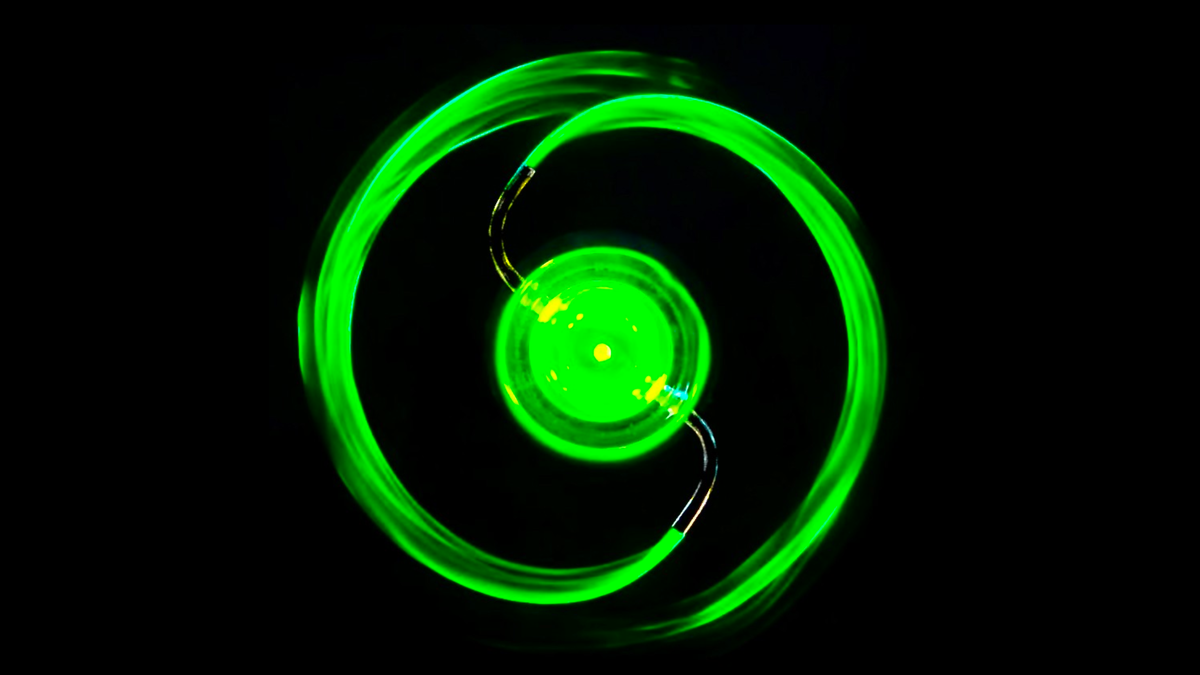For generations, scientists have pondered a peculiar question: what happens when a sprinkler sucks water in instead of spraying it out? It’s a problem that has captivated physicists since the days of Richard Feynman. Recently, a team at New York University set out to unravel this mystery, and their discoveries have challenged long-held beliefs.
Through a combination of laboratory experiments and mathematical modeling, these researchers delved into the enigma. They meticulously crafted specialized sprinklers with ultra-smooth bearings and meticulously controlled the water flow. What they witnessed was nothing short of remarkable: while the reverse sprinkler did exhibit rotation, its motion was notably slower compared to its conventional counterpart. It behaved almost like an inverted rocket, with water jets colliding in a manner that caused the entire apparatus to spin. This revelation was made possible by cutting-edge imaging technologies, including high-speed cameras and laser illumination.
But why does this matter? Understanding the intricacies of fluid dynamics holds significant implications across various disciplines, from engineering to meteorology. Furthermore, deciphering age-old mysteries like the reverse sprinkler conundrum exemplifies the essence of scientific inquiry—uncovering answers to perplexing questions that have intrigued minds for decades.
The reverse sprinkler problem, while associated with Feynman, has roots dating back to Ernst Mach’s seminal work in the late 19th century. Feynman’s involvement in the debate during his time at Princeton University sparked widespread interest, culminating in his memorable experiment involving a glass carboy in a cyclotron laboratory. Despite initial hypotheses suggesting no rotation in a reverse sprinkler, subsequent experiments yielded varied results, leading to ongoing speculation and inquiry.
Enter Leif Ristroph and his team, who embarked on a quest to shed light on this age-old puzzle. By constructing their own custom sprinkler and employing sophisticated experimental techniques, they unveiled a fascinating phenomenon—a slow but deliberate rotation driven by complex fluid dynamics within the device. Their findings not only provide insight into fundamental principles of physics but also underscore the enduring allure of scientific exploration.
In conclusion, the quest to solve Feynman’s reverse sprinkler problem exemplifies the relentless pursuit of knowledge and understanding that lies at the heart of scientific inquiry. Through meticulous experimentation and innovative research, scientists continue to unravel the mysteries of the universe, one enigma at a time.















































